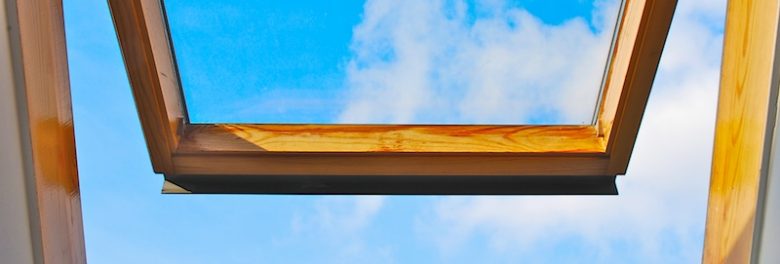
Developers are at risk of implementing overheating mitigation strategies that do not address future climate scenarios. Current regulations require compliance under a CIBSE TM49 2020s weather file (2011 – 2040), whilst buildings are designed to last well beyond this period. With strategies commonly implementing peak-lopping MVHR or comfort cooling, additional stress on these systems could lead to a rise in energy consumption and costs to residents.
Weather files for future climate scenarios are available; for example, the 2050s and 2080s weather files for London Heathrow (location commonly used for London developments). The number of hours external temperatures rise above CIBSE TM59 overheating temperature limits for the 2050s scenario is almost double the number compared with the 2020s weather file.
To mitigate against this, developers can look at examples used in more extreme climates. The ASHRAE IWEC weather file for Madrid includes peak external temperatures of 40.4 C and over 900 hours of external temperature above CIBSE TM59 temperature limits. Passive design features commonplace in similar climates include thicker wall build-ups, reflective/light coloured external façade finishes, low solar heat gain coefficients (g-values) and external shading and/or shutters. Whilst some of these measures are not typical for UK developments, they are effective mitigation solutions to be seriously considered moving forward.